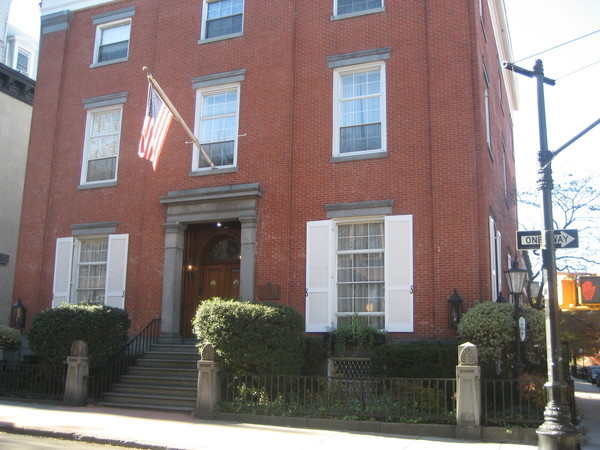I am informed by a reader that H. Herzfeld, a Manhattan haberdashery in the English, Jermyn Street model, is set to shutter. It was founded in 1890 in Europe and has been in America since 1949. The business, formerly located on Madison Avenue and 52nd, is on 57th Street between Park and Lexington. It is family owned.
Herzfeld is steadfastly and proudly antiquated in its viewpoint and business practices. On its website, it says "we provide custom shirts, suits and a full line of haberdashery to the carriage trade. People in the know shop H. Herzfeld. Among our many offerings are English polo and dress shirts, and cashmere sweaters imported from Scotland along with Trafalgar braces and accessories from belts and cuff links to hats. Our shirts are monogrammed and tapered and the sleeve lengths can be adjusted. In addition to our fine quality shirts and sweaters, our Oxxford & Hickey Freeman suits and Valstar outerwear win praise among discriminating gentlemen."
You have to admire a business that, in this day and age, uses the terms "carriage trade" and "discriminating gentleman" without irony.
I have never been inside Herzfeld. I don't typically visit such pricey places, because I have no hope to buy any thing on sale inside, and the fact that I can not do so just depresses me. But I plan to take a look before it is too late. Greta Gargo was apparently a regular customer. She bought turtlenecks.









































